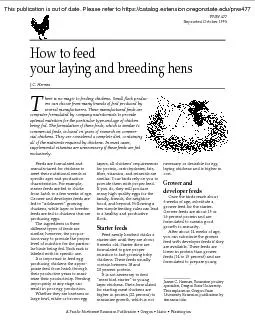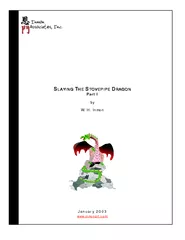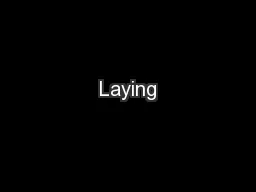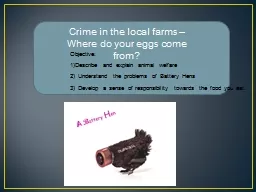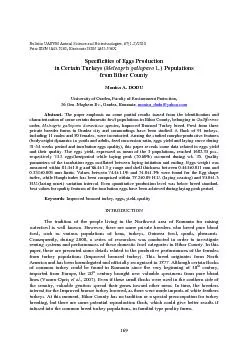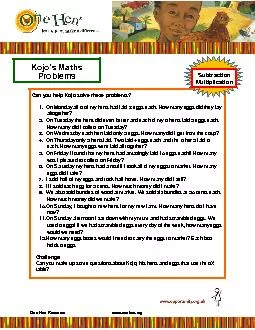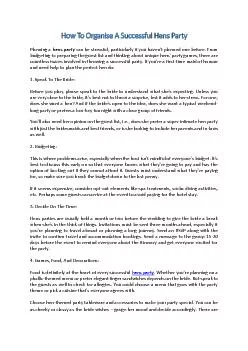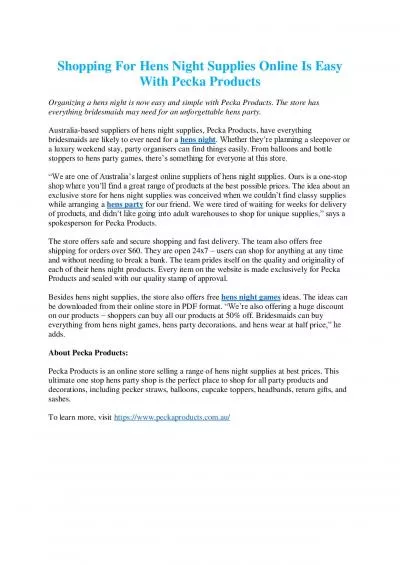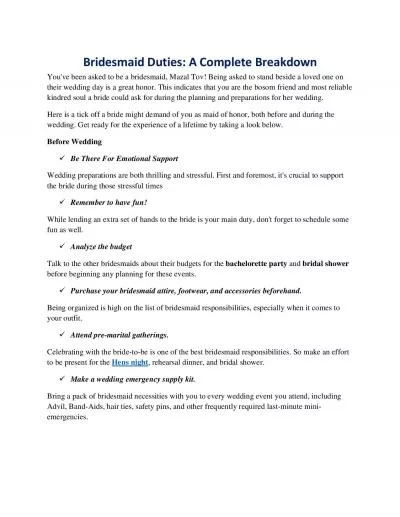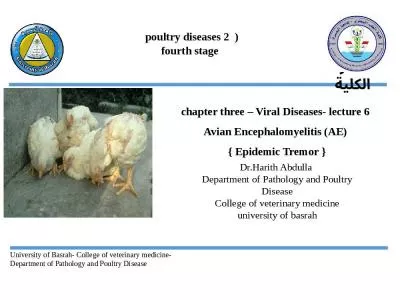PDF-How to feedyour laying and breeding hens
Author : kittie-lecroy | Published Date : 2016-02-25
Water Table scraps and greens available for the birds constantlyad libitum Meal feeding givinga limited amount of feed severalPlace feeders and waterers sothe trough
Presentation Embed Code
Download Presentation
Download Presentation The PPT/PDF document "How to feedyour laying and breeding hens" is the property of its rightful owner. Permission is granted to download and print the materials on this website for personal, non-commercial use only, and to display it on your personal computer provided you do not modify the materials and that you retain all copyright notices contained in the materials. By downloading content from our website, you accept the terms of this agreement.
How to feedyour laying and breeding hens: Transcript
Download Rules Of Document
"How to feedyour laying and breeding hens"The content belongs to its owner. You may download and print it for personal use, without modification, and keep all copyright notices. By downloading, you agree to these terms.
Related Documents

